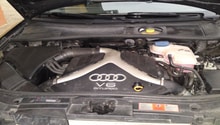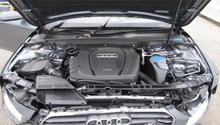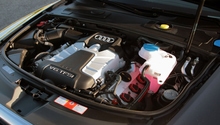Audi Q5: Engine Performance Diagnostic Guide
Every time you feel your Audi Q5 isn't performing well, that means one of many components has gone bad. Read on to learn which component went wrong.
This article applies to the Audi Q5 (2009-Present).
The Audi Q5 has great pick up power, but sometimes, things go wrong and your car stops performing like it normally does. Don't worry, you can make your Audi perform as well as it always has, and you can make it always perform this way, as long as you take care of it. Some of the parts that could affect your performance are part of the regular maintenance intervals, and others don't need to be replaced until they go bad. This guide will help you diagnose your performance issue and regain your Audi's performance back. Read on to learn how to diagnose the engine performance.

Materials Needed
- Long screwdriver
- Socket
- Flat head screwdriver
- T-30 screwdriver
Step 1 – Check engine air filter
It could be dirty and clogged.
The air filter is designed to filter the air going into your engine. Over time, it gets dirty, which restricts the air going to the engine, thus decreasing the performance. The factory recommends replacing the air filter with every maintenance. So if you haven't replaced it in the last 5,000 miles, now is the time. Locate the air box, then remove the six T-30 screws located around it. Loosen the clamp on the intake tube, then remove the cover. Replace the filter, then close the box back up.
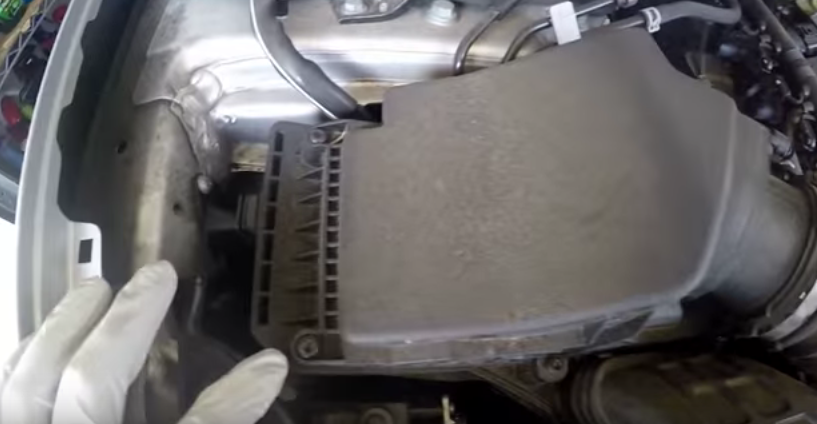
If the air filter is clean, proceed to Step 2.
(Related Article: How to Replace Air Filter - AudiWorld)
Step 2 – Check spark plugs
They could be burnt.
Without strong spark plugs, you won't have a strong start spark. The spark plugs are designed to be replaced every 30,000 miles, but they are not the only thing that can go wrong when it comes to spark. The spark plug wires could wear and crack, which will prevent the spark plugs from getting full power. Visually check the spark plug wires to ensure they are in good shape, then remove each spark plug and inspect their tips. If you see any signs of burns, then replace all of the spark plugs as a set. Also, if your spark plugs look visually good but you haven't replaced them in over 30,000 miles, now is the time.
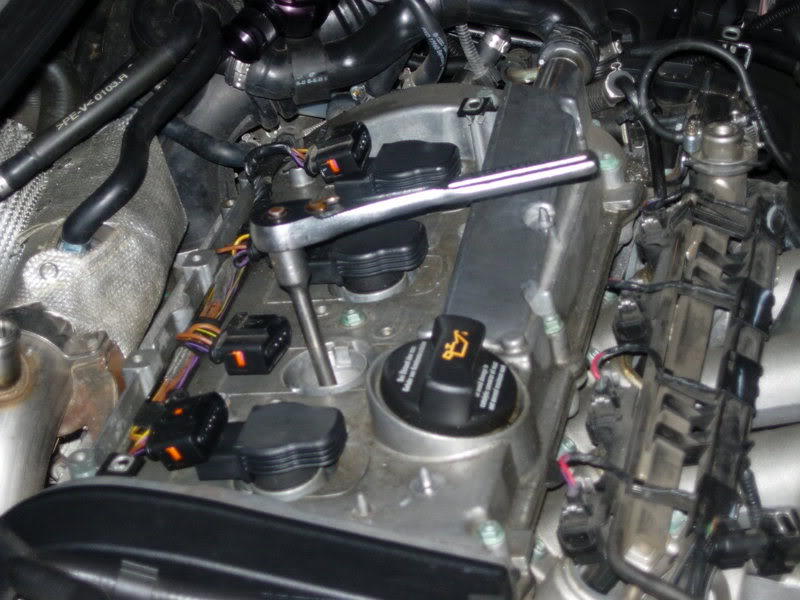
If the spark plugs are in good shape, proceed to Step 3.
(Related Article: How to Replace Ignition Coils and Spark Plugs - AudiWorld)
Step 3 – Check fuel injectors
They could be faulty.
The engine's combustion process happens when you have the perfect air to fuel mixture, so the less fuel or air, the weaker it will be. The fuel injectors are designed to inject the proper amount of fuel into the engine. If they fail, your engine won't perform as well, and it may not even start if a lot of them fail. To check them, use your long screwdriver and place it on each injector. Start your car, then place your ear on the other end of the screwdriver to listen. If you hear a buzzing sound, this means your injectors are working properly; if you don't hear anything at all, then you need to replace your injectors.
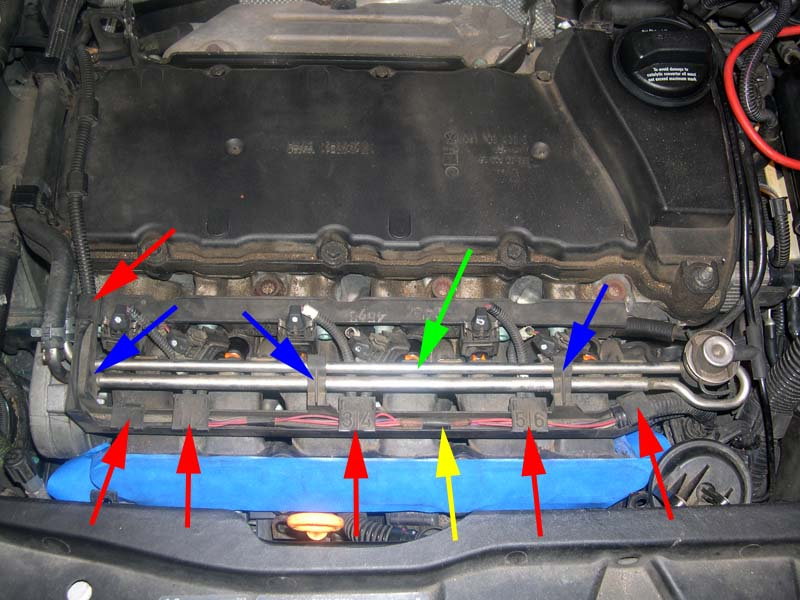
Related Discussions
- Poor Engine Performance - AudiWorld
- Car Shaking - AudiWorld
- Acceleration Failure - AudiWorld

